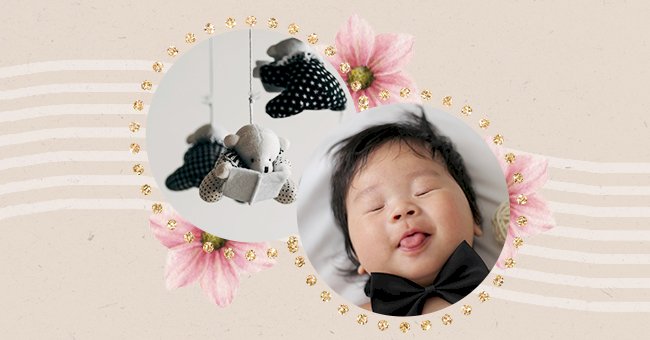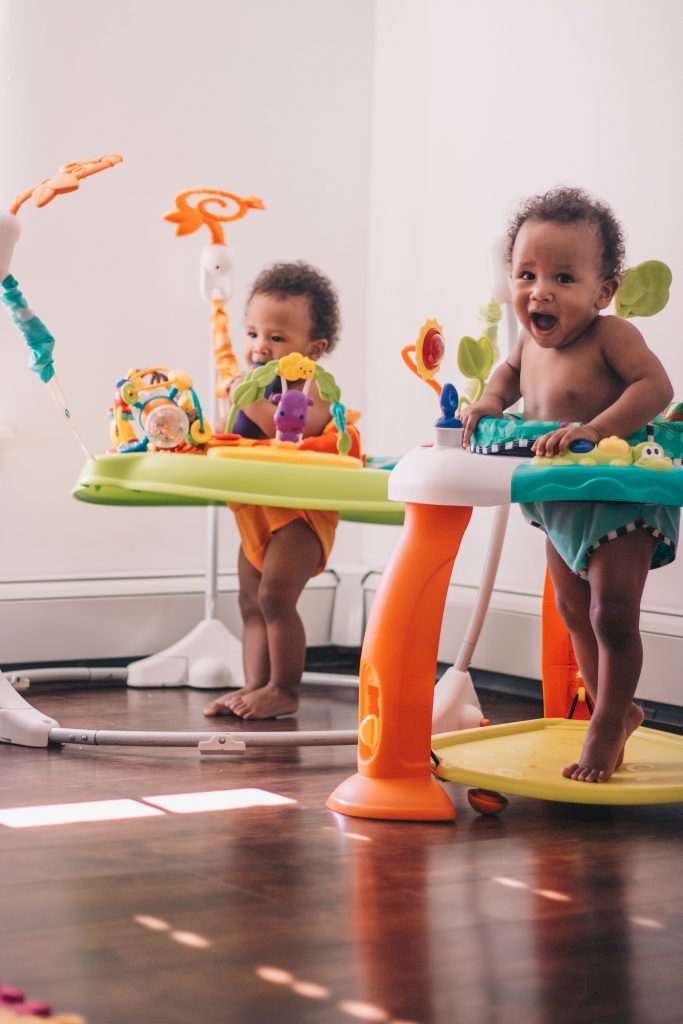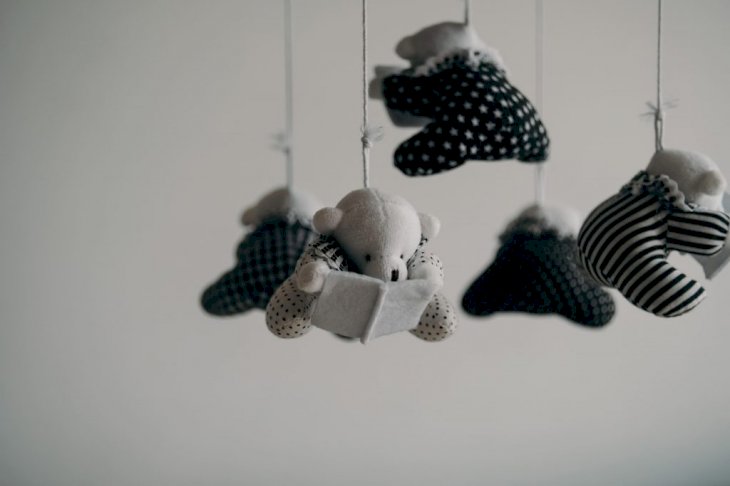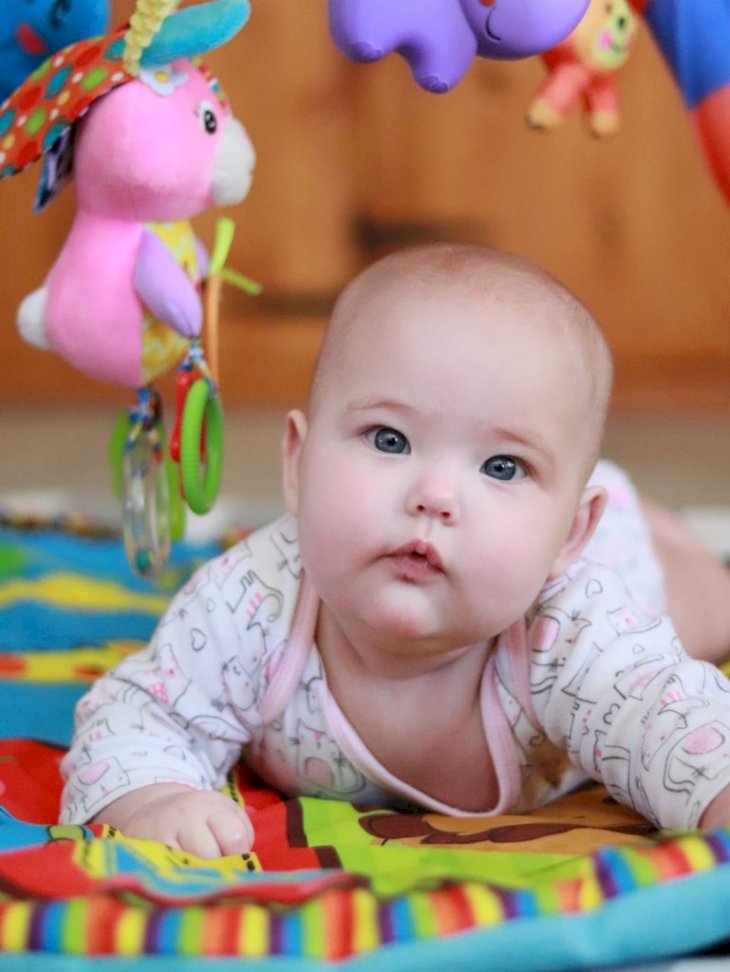
Exploring The Use Of High Contrast Colors To Stimulate Development In Babies
Newborn babies can only see in black and white until they’re several weeks old. Like with all their other senses, they have to learn to use their eyes.
Babies spend nine months in the womb, and throughout that time, they can tell the difference between light and dark. When they’re born, pictures of shapes become more visible, and they can follow the lines of shapes.
Newborns have the structure but haven’t developed the ability to use their eyes; that is something they have to learn as they would to walk and talk. So why do they respond better to high-contrast images?
Babies Vision

Unsplash
In a baby’s first few months, their visual field extends to about twelve inches from their face, and they can only see in black, white, and gray. As a newborn, their binocular vision has to develop so that their eyes can work together to see an image.
In the first three months, your baby’s eyes start working together, their vision over distance is developed, and they learn to follow objects. They also begin processing and learning to interpret the images they see.

Unsplash
Around five months, babies begin to develop their depth perception, and later on, their hand-eye coordination develops. As they grow older, their vision begins to develop, and bold colors and simple patterns stimulate them.
Babies start recognizing and reaching for objects, especially those with bold colors and geometric patterns. Over time their color vision begins to develop, the first color they see is red, and once they start moving around at about five months, they’ll be able to see the full-color spectrum.
Stimulating Your Baby’s Vision Using High Contrast Images

Unsplash
You can use images with bold patterns in black and white colors to stimulate your baby during the first five months. Even though pastels are the go-to palate for babies, the more daring colors stimulate them best.
You can find various toys and images which can be soothing, improve their concentration, and help create brain cells. Their natural curiosity will develop as they become interested in learning about these images.

Unsplash
Hold the objects about 12-inches from your baby’s face and allow them to interact with the toys or images. If you’re using toys, make sure they don’t move too quickly because your baby might lose interest as it’s hard for them to follow.
Your baby should also interact with the toys as they learn to move around; this can help further stimulate their depth perception. If you’re trying to stimulate your baby and they seem uninterested, don’t lose hope.
If you want to improve your baby’s visual center significantly, then you should be consistent with stimulation. However, it should always be in a fun way; that’s why there are toys available on Amazon.